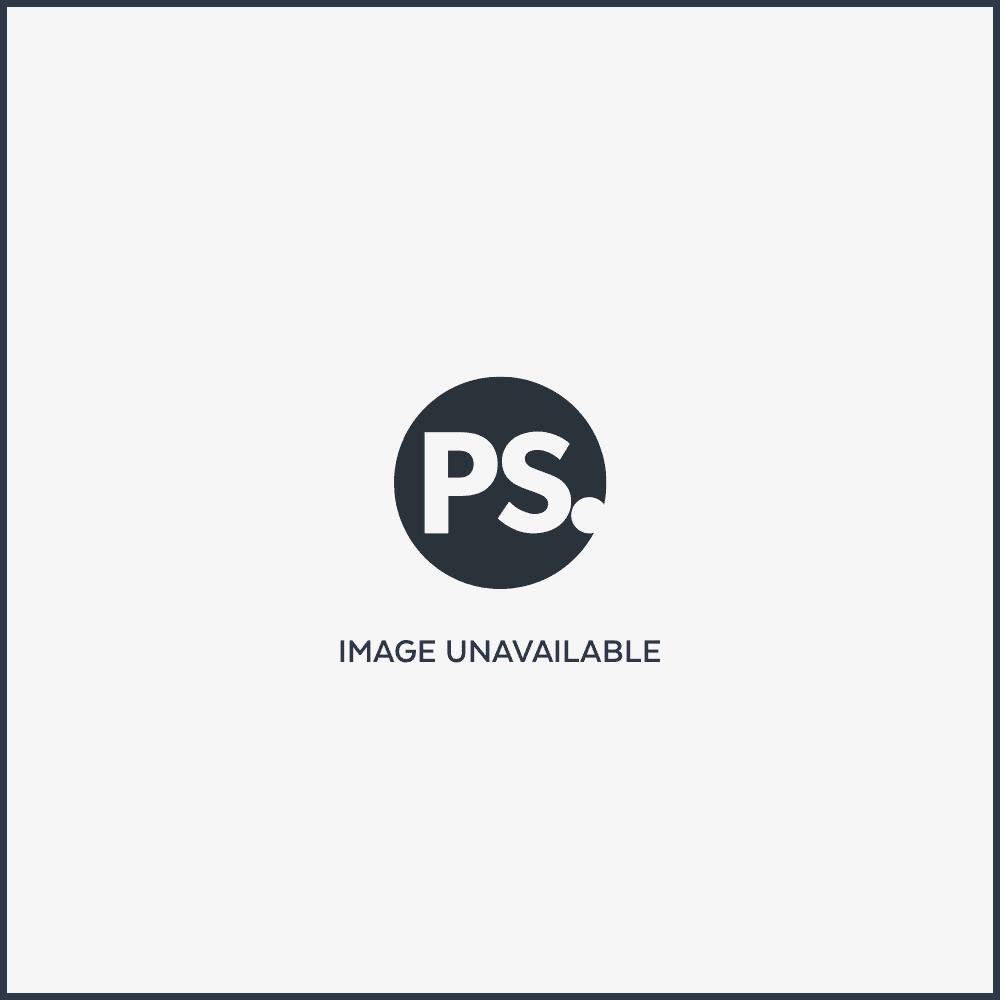What Breastfeeding Moms Are Actually Entitled to When Flying With Milk

Traveling with a child is never easy, but flying without your baby when you are still nursing presents an entirely separate set of difficulties.
You have to painstakingly pump and store your milk in order to ensure that your baby's fed — and so you can maintain your supply — when you're apart, but that's not all: although there are laws protecting a breastfeeding mom's right to transport pumped milk (as well as any necessary equipment) on a plane, many airports haven't been following these rules simply because ransportation Security Administration workers aren't aware. They are, instead, forcing moms to throw out their hard-earned milk. (Cue audible gasps.)
According to the TSA, "formula, breast milk, and juice in quantities greater than 3.4 ounces or 100 milliliters are allowed in carry-on baggage and do not need to fit within a quart-sized bag." In addition, the TSA states that, in what is quite obvious to mothers, "you do not need to travel with your child to bring breast milk."
Although these regulations are in place to protect parents, there are still issues with compliance.
"There have been too many instances reported by parents that TSA officials either didn't know or simply refused to follow these exemptions," Republican House Representative Jaime Herrera-Beutler said on the House floor. "Parents who are trying to follow these rules are consistently singled out for harassment-like scrutiny by the TSA. This has led to breast milk being forcibly tossed out, equipment being broken, and flights missed."
Because so many moms have experienced unjust difficulties transporting breast milk, the House's new law, the Bottles and Breastfeeding Equipment Screening Act, was enacted to help rectify the problem by requiring that TSA employees receive proper training.
Yet there are still cases of breastfeeding moms being harassed or having to stand their ground to those who are unclear about their right to fly with breast milk. For those who are going to be traveling, this is what you should know, even if you're told otherwise:
- Breast milk is allowed. Pumped breast milk, formula, and juice are permitted through the security checkpoint. Unlike shampoo and other liquids, these are exempt from the "limited quantity rule" of 3.4 ounces.
- Speak up in advance. Inform the TSA officer at the very beginning of the screening process that you're traveling with breast milk, and put your pump and bottles on the conveyor belt for screening separate from other liquids.
- Officers may need to test your milk, but you can opt out. The TSA agent might ask to test your thawed milk for explosives. They'll ask you to open the container and have you transfer "a small quantity" of the liquid to a separate container or dispose of it. However, you can say no if you don't want it to be X-rayed or opened, and they have additional steps that they can take to clear the liquid. If your breast milk is frozen, a visual inspection is all they do. In any case, be sure to ask the agent to put on a fresh pair of gloves if they handle your bottles or bags of milk.
- Freezer packs are fine. It's also OK to carry accessories used to chill liquids, like freezer bags, ice packs, and frozen gel packs. If they start to melt and are only partially frozen, they are subject to the same screening as the breast milk or formula.
- Find out if your pump counts as a carry-on item. According to the Mamava, a leading lactation accomodations company, there is a lot of misinformation about whether or not breast pumps are considered medical devices, which are thus not counted as one of your carry-on bags. The FDA counts a breast pump as a medical device, but airlines haven't gotten the memo (United Airlines is the only one specifically stating that moms are allowed an extra carry-on bag for their pump . . . it even allows for an extra diaper bag!). To be safe, pack your pump, milk, and freezer packs together in one bag.
- Airplanes typically do not have outlets. For long flights, consider bringing a battery-operated pump (with extra batteries as backup) or a hand pump to be safe.
- International travel is more complicated, so do your research. Not only is it difficult to find the laws for crossing borders with breast milk, but the rules vary from country to country. However, within the European Union, you can bring up to 67 ounces of milk in your carry-on, but only if it's not frozen. Frozen milk must be packed in a checked bag without exception. Mamava recommends contacting the American consulate in your destination country for the most up-to-date regulations.
- Stand up for yourself. If you experience any problems or encounter an uninformed TSA agent, be your own best advocate and call the administration directly at 1-866-289-9673.
